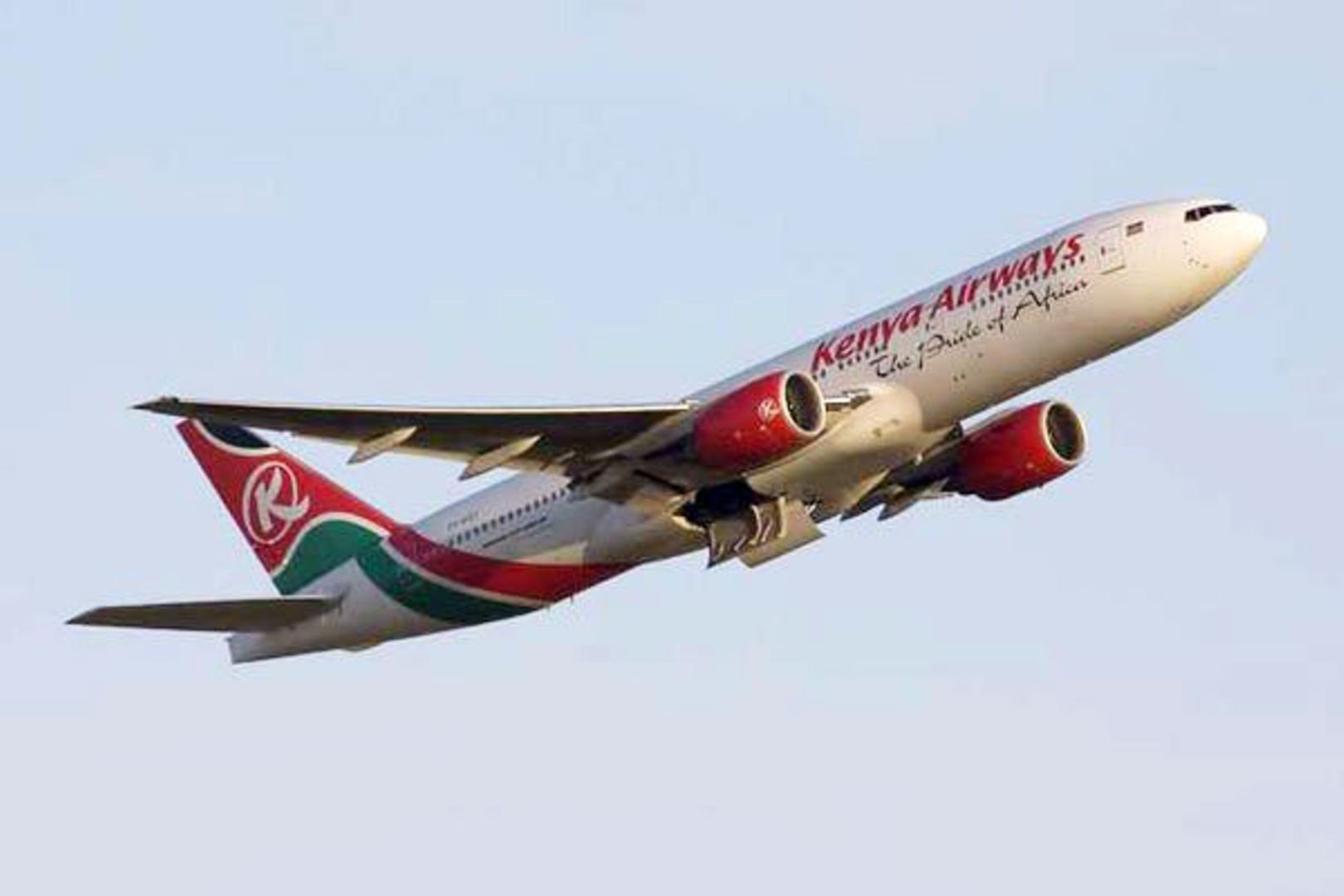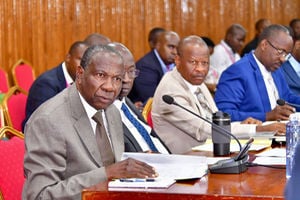Good luck to us if Kampala gets lit
What you need to know:
- Emergency rescue. For a city and country without means, we surely play too much. How would the injured be evacuated, without a proper emergency rescue service? To which hospitals, when the capacity to manage daily numbers is still in question? Through which routes, with our traffic gridlocks?
The capitals of the two Congos, Kinshasa and Brazzaville, are only separated by the great River Congo – three miles to either side. On the morning of March 4, 2012, as residents of the capitals commuted to work and opened shop for a new day, they were hit by a huge explosion. The earth shook, buildings tumbled, and debris flew, engulfing streets in an all-consuming fire.
Accustomed to coups and unceremonious rebel takeovers, those out of harm’s way scattered in every imaginable direction. But it wasn’t a new change of guards they were running away from. A fire, caused by a short circuit inside an army arms depository in Brazzaville, had ignited a store of tank shells, to wreck indescribable mayhem.
The blasts didn’t stop until 1pm, so there was no time or chance to mount emergency rescue services. When the rubble finally settled, it was reported that in Brazzaville, the epicentre, at least 250 people had been killed by the blasts, with others reported as “unfindable.” As far as Kinshasa, buildings had been shaken and windows broken. It wasn’t the first time that Brazzaville was suffering such blasts. Three years before, after similar blasts, the government had promised to move arms depots out of the city – but as political jokes go…
It was also not the first time that an African country was experiencing a similar tragedy. Nigeria, Mozambique, Tanzania, South Africa, et al. In fact, there have been more than 50 munitions explosions in 35 African countries in the last decade.
Experts say the fear of coups and hostile takeovers around Africa explains why weapons are kept within reach. Which also explains why, during those several hours of carnage and horror, the only thing the government could master was a message calling for calm, and reassuring citizens that there was no war or coup d’état.
That devastation, not the fear of a hostile takeover, is the first thing that came to mind last Saturday night, when reports of explosions in Kisaasi, started seeping through social media. It was later reported that it had “only” been gas explosions, and much to everyone’s relief, that there were no deaths.
I know enough to not speculate on whether the NRM government maintains any munitions plants around the city, but I did tell you what the experts say about keeping power. For everyone’s sake, let’s hope wherever they are kept, we never have to find out like others around Africa’s capitals have.
But it is not just the issues of Generals that should worry Kampala residents, where getting lit is concerned. More frequent travellers might have to reconfirm this, but I have a suspicion that Kampala has the highest concentration of petrol stations per mile.
There were no fatalities in Kisaasi, but let’s not test God. It seems like blockheaded planning, but nothing explains having close to 20 petrol stations in the two-mile radius between the Jinja Road traffic lights and Wandegeya. But that’s not all. You must have noticed how, in Banda, Kyengera and along the Nothern Bypass, some useful idiot thought it wise to set up fuel reserves right in the middle of human settlements. Or the electricity substations built next to people’s homes. There are even live electric wires running across the Kyadondo Rugby grounds. A single gas explosion, accidental fire outbreak or short-circuit in any of those areas and we’ll be running remembrance hash tags and failing to figure out which memorial services to attend.
For a city and country without means, we surely play too much. How would the injured be evacuated, without a proper emergency rescue service? To which hospitals, when the capacity to manage daily numbers is still in question? Through which routes, with our traffic gridlocks?
How would the fire trucks navigate the corridors we call roads in our neighbourhoods? How long would it take the economy to recover from such a devastation? And dealing with the psychosocial trauma?
In Brazzaville, the hardest hit were the poorest, who live in squashed neighbourhoods with no emergency exits. The concern for Kampala’s urban planners should be that even in the up-and-coming suburbs, the road and housing plans duplicate the same slum settlements in the middle of the city. The rich are building like the poor and might die like them, if something isn’t done.
As of 2019, it was reported that the Police Fire Department had only 98 trucks and 650 personnel. Both – humans and machines – are, apparently, spread across the country. Thoughts and prayers.
Mr Rukwengye is the founder, Boundless Minds. [email protected]




